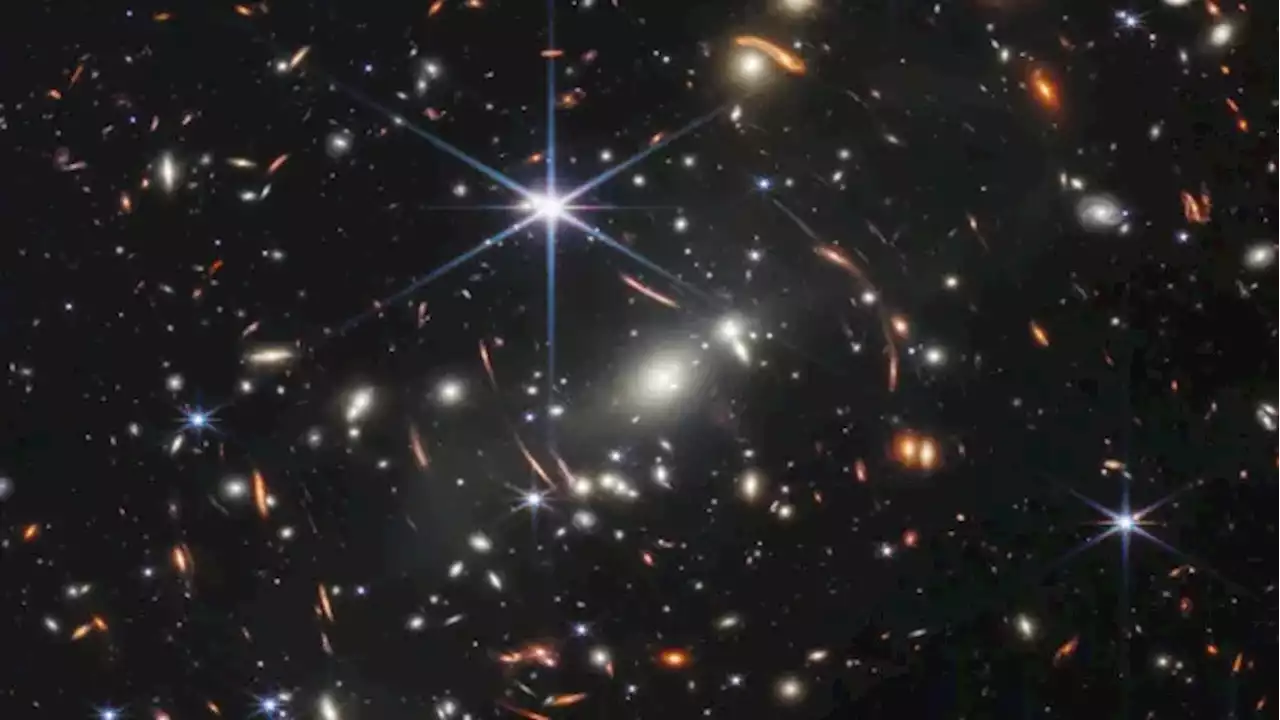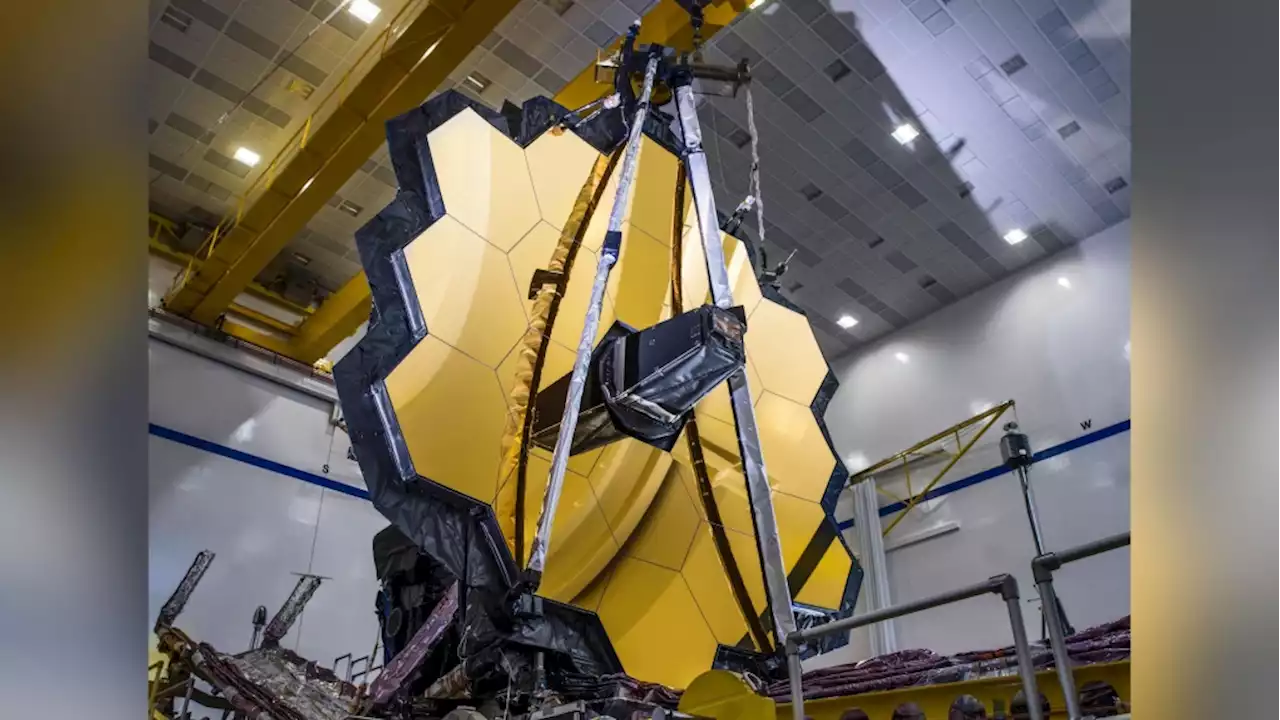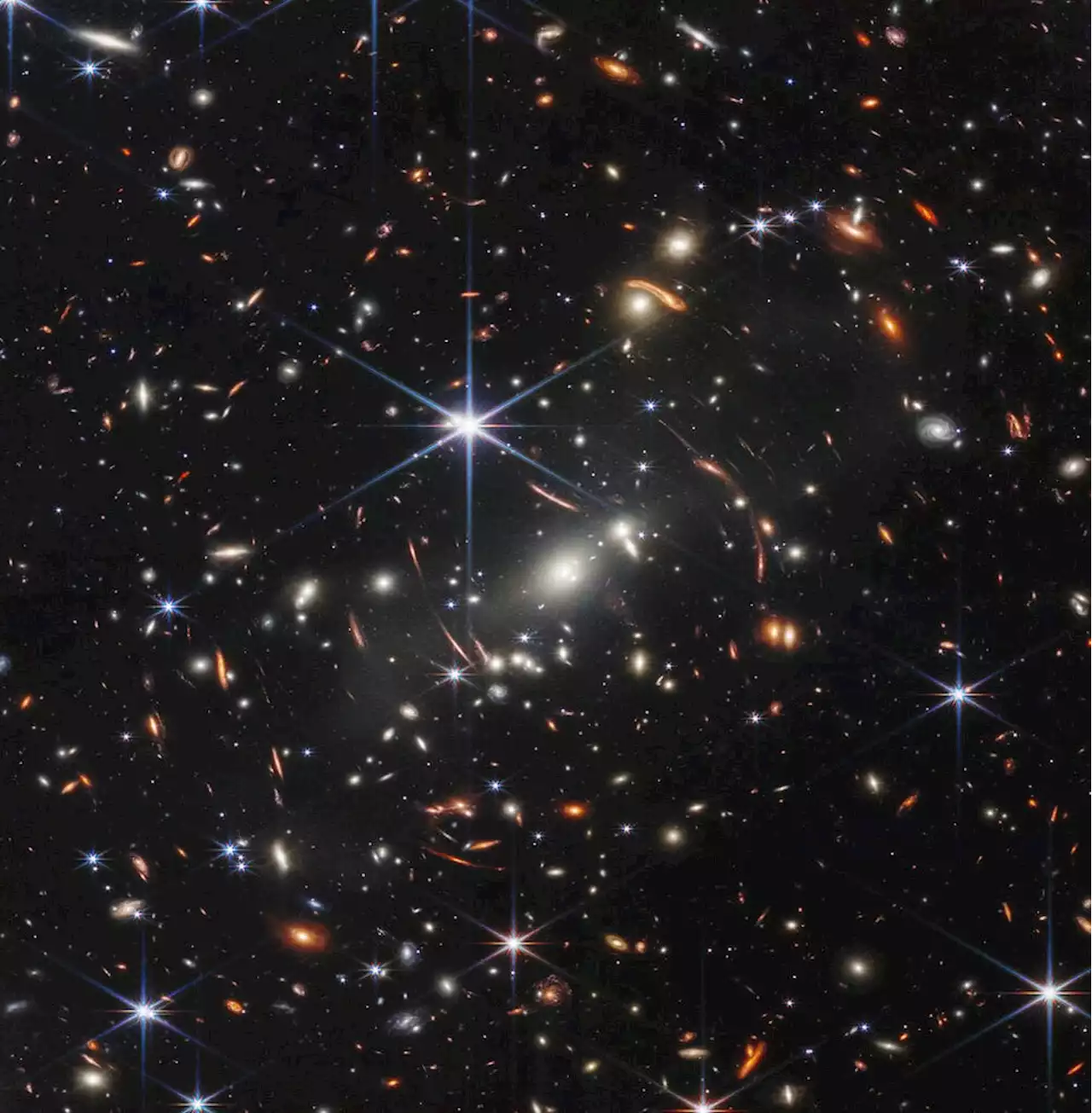Audiences from around the world are tuning in to watch the unveiling of Webb's latest photos.
Among the four other Webb “targets” getting their closeups on Tuesday are two enormous clouds of gas and dust blasted into space by stellar explosions to form incubators for new stars – the Carina Nebula and the Southern Ring Nebula, each thousands of light years away from Earth.
Built to view its subjects chiefly in the infrared spectrum, Webb is about 100 times more sensitive than its 30-year-old predecessor, the Hubble Space Telescope, which operates mainly at optical and ultraviolet wavelengths. The SMACS 0723 image Biden released on Monday showed a 4.6 billion-year-old galaxy cluster whose combined mass acts as a “gravitational lens,” distorting space to greatly magnify the light coming from more distant galaxies behind it.Article content
South Africa Latest News, South Africa Headlines
Similar News:You can also read news stories similar to this one that we have collected from other news sources.
 First image from James Webb Space Telescope revealed | CBC NewsOn Monday afternoon, U.S. President Joe Biden unveiled the first image taken by the James Webb Space Telescope.
First image from James Webb Space Telescope revealed | CBC NewsOn Monday afternoon, U.S. President Joe Biden unveiled the first image taken by the James Webb Space Telescope.
Read more »
 James Webb Space Telescope's 1st image shows deepest, sharpest view of universe ever | CBC NewsThe first image taken by the James Webb Space Telescope unveiled at the White House on Monday shows the farthest humanity has ever seen in both time and distance.
James Webb Space Telescope's 1st image shows deepest, sharpest view of universe ever | CBC NewsThe first image taken by the James Webb Space Telescope unveiled at the White House on Monday shows the farthest humanity has ever seen in both time and distance.
Read more »
 NASA to showcase Webb space telescope's first full-colour imagesDrawing back the curtain to a photo gallery unlike any other, NASA will soon present the first full-colour images from its James Webb Space Telescope, a revolutionary apparatus designed to peer through the cosmos to the dawn of the universe.
NASA to showcase Webb space telescope's first full-colour imagesDrawing back the curtain to a photo gallery unlike any other, NASA will soon present the first full-colour images from its James Webb Space Telescope, a revolutionary apparatus designed to peer through the cosmos to the dawn of the universe.
Read more »
 Thousands of galaxies revealed in James Webb telescope's first imageFour more images will be released Tuesday morning.
Thousands of galaxies revealed in James Webb telescope's first imageFour more images will be released Tuesday morning.
Read more »
 James Webb Telescope’s first ‘stunning’ science image revealedThe most powerful telescope yet built, orbiting the sun 1.5 million kilometres away, shows a galaxy cluster — a snapshot from 13 billion years ago.
James Webb Telescope’s first ‘stunning’ science image revealedThe most powerful telescope yet built, orbiting the sun 1.5 million kilometres away, shows a galaxy cluster — a snapshot from 13 billion years ago.
Read more »
